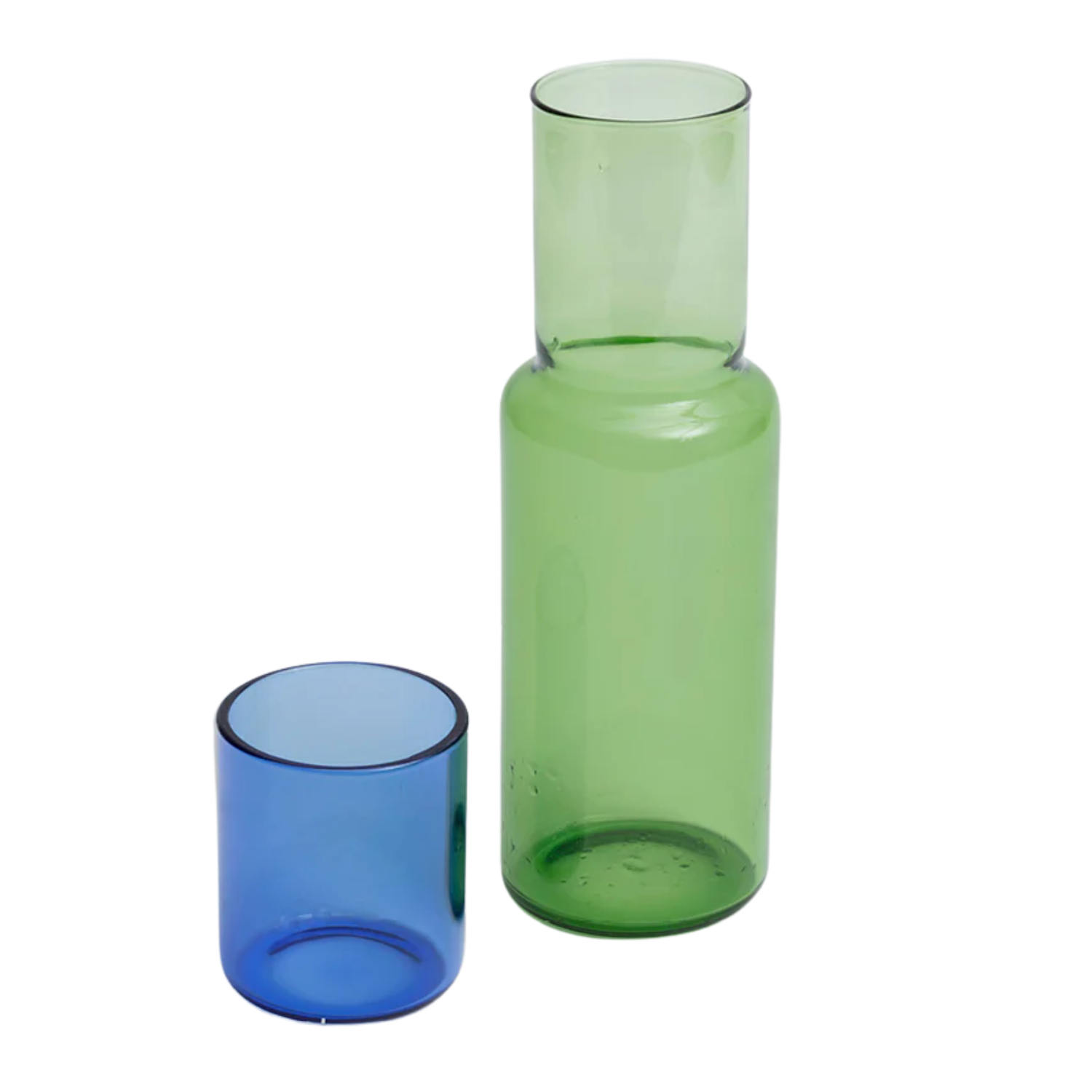Hold Up, Is 'Biphasic Sleep' the Answer to Sleeping Better in the Summer? Why I'm Taking Up the Midday Nap
Consider your summer siesta expert-approved, so you can now take naps guilt-free in the name of biphasic sleep

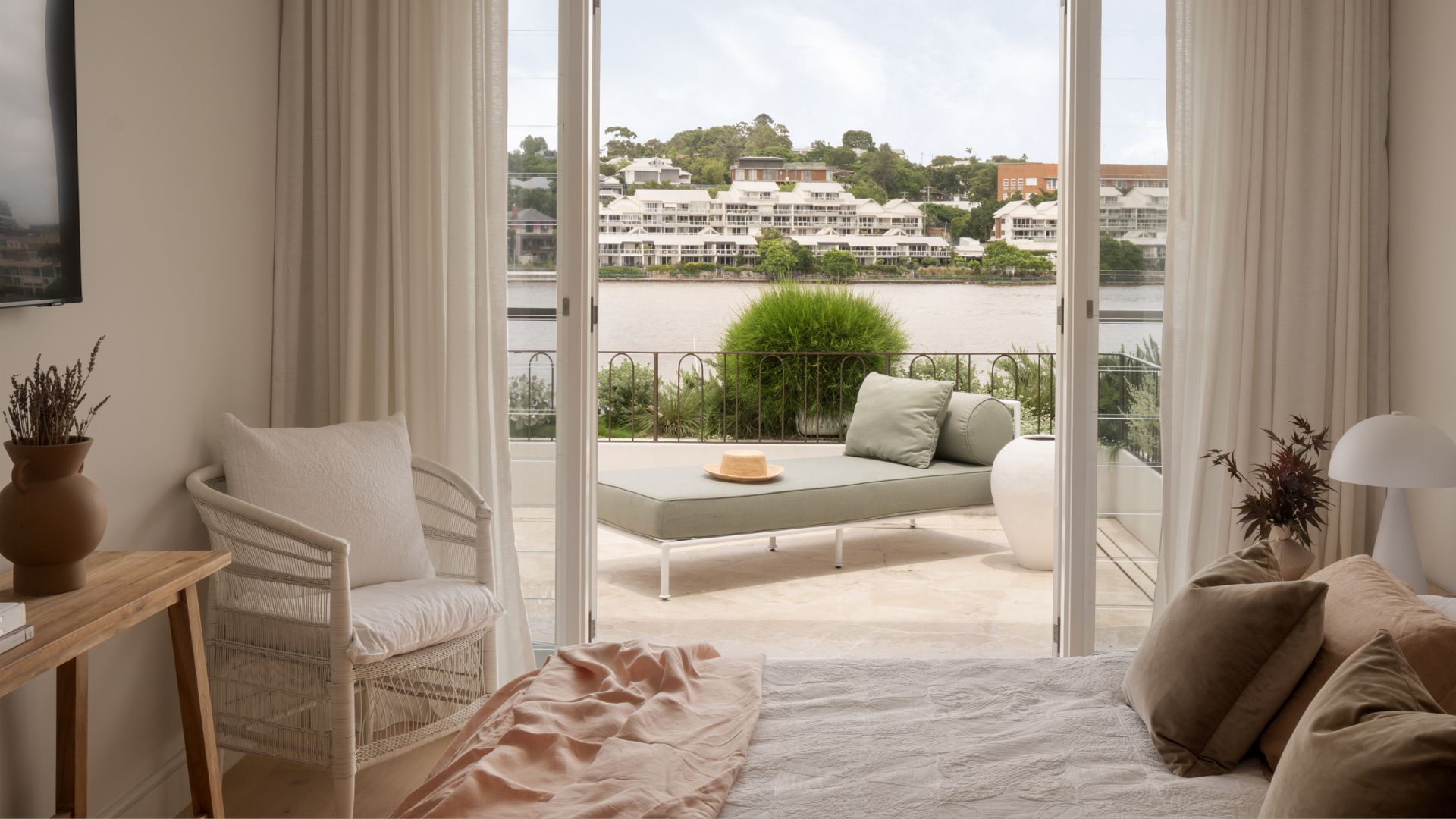
Let me tell you something. I used to be a nap hater. I could not stand the idea of a midday rest, unless I had late-night plans and needed to fuel up. And even then, I'd end up wasting the time away until it was too late to fit a siesta in.
But now, call it adulthood, or call it educating myself on how to sleep better, I heart naps. And when I discovered the concept of biphasic sleep, any ounce of guilt that ruled my day post-rest has since disappeared.
So, yes, the nap is considered the answer to better sleep in the summer. And if you're wondering how, let me break it down.
What Is Biphasic Sleep?
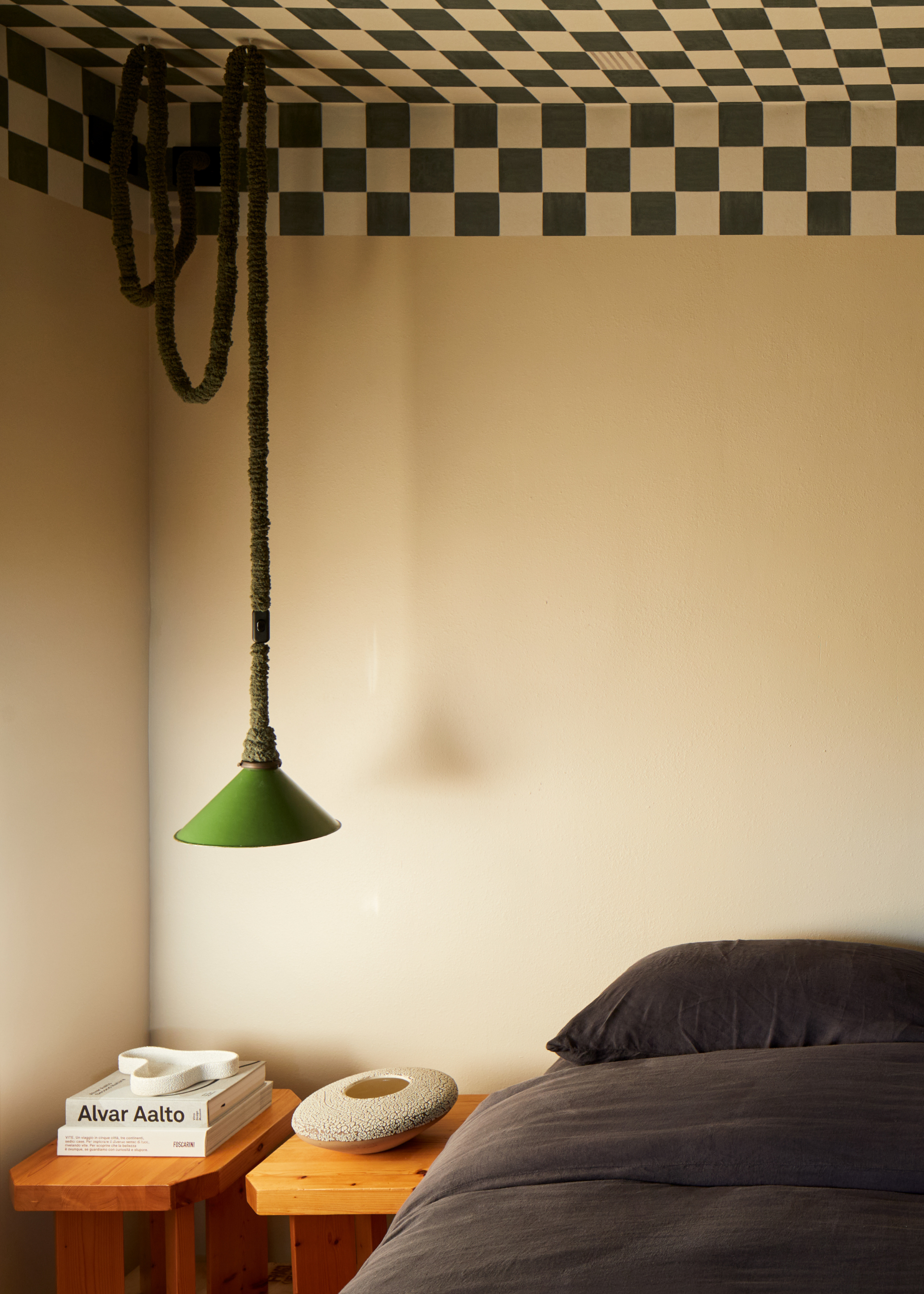
"Biphasic sleep is a sleep pattern that divides rest into two distinct periods within a 24-hour cycle," says Jonathan Berent, sleep expert and CEO of NextSense. "Instead of consolidating it into a single, uninterrupted block known as monophasic sleep."
He explains that the most common form of biphasic sleep is a long sleep at night with a shorter nap or rest period during the day. "Experts found good evidence that this was a common pattern of sleep before electricity modernized and influenced society’s sleep patterns," he adds.
If you're experiencing summer insomnia or you simply can't function without a midday nap, then you're probably already practicing biphasic sleep. But it's important to understand that this formula for sleep is only beneficial during certain seasons.
Jonathan Berent is the Founder and CEO of NextSense, a health tech company developing brain-sensing technologies to help understand and treat neurological diseases and monitor brain health. He recently spoke at TEDx Palo Alto on Paleo Sleeping, outlining how understanding and personalizing our sleep patterns can help us tap into restorative power throughout the day, not just during the night, and unveiled NextSense Buds at CES 2025. Jonathan believes that further unlocking how the brain works will transform our lives, from health to creativity to even our relationships and understanding of ourselves. He began pursuing his interest in neuroscience after experimenting with polyphasic sleep and becoming fascinated with altered states of consciousness during sleep.
How Does Biphasic Sleep Help in the Summer?
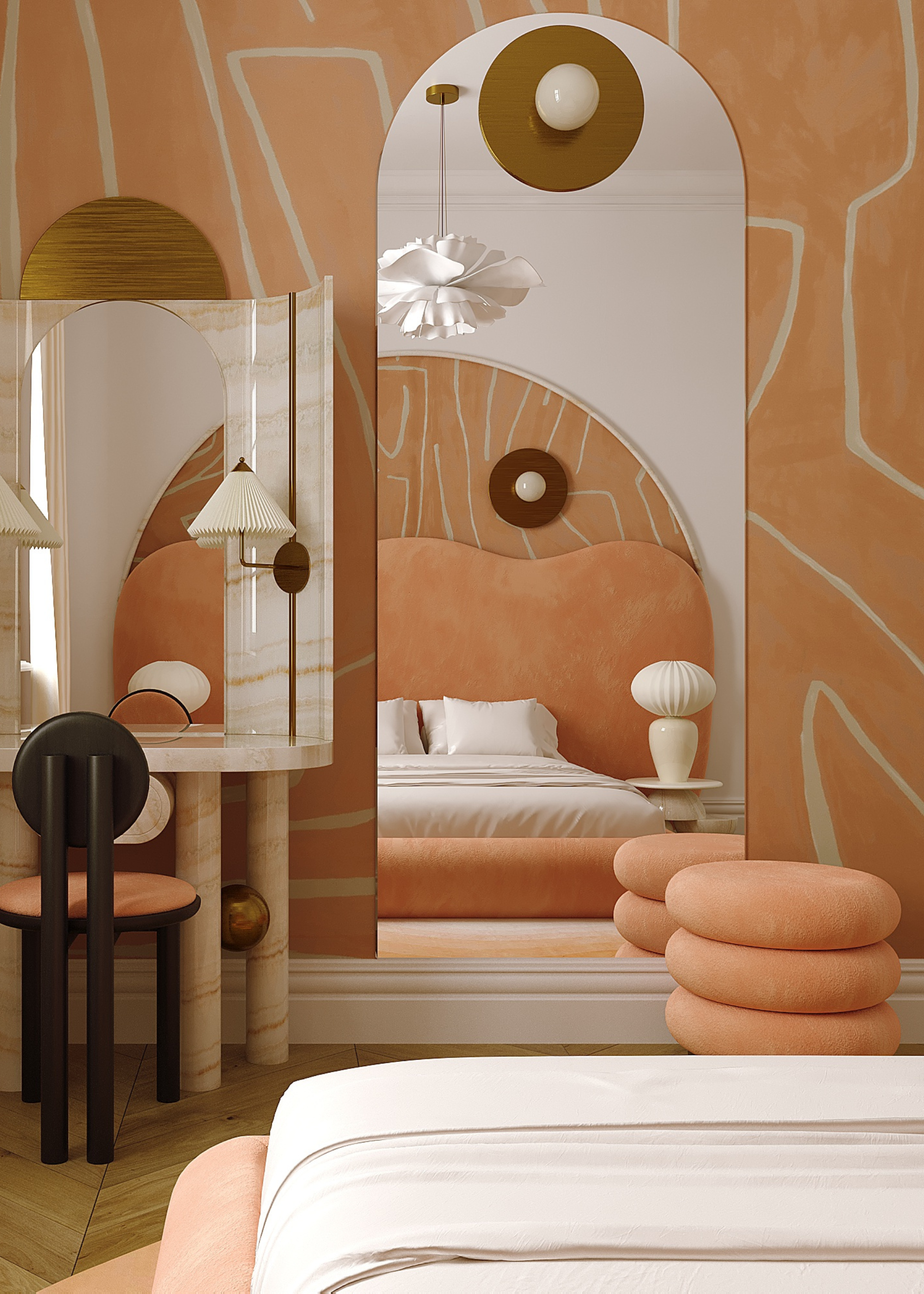
So, what does summer have to do with siestas? "Well, in hotter climates or seasons, biphasic sleep can help by aligning with natural energy dips and temperature cycles," Jonathan explains.
The Livingetc newsletters are your inside source for what’s shaping interiors now - and what’s next. Discover trend forecasts, smart style ideas, and curated shopping inspiration that brings design to life. Subscribe today and stay ahead of the curve.
"A shorter core sleep at night when combined with a relaxing midday nap allows people to rest during the hottest part of the day, when productivity naturally declines."
He tells me that biphasic sleep also lets you stay active in cooler morning and evening hours. "Historically, this mirrored 'siesta cultures' in warmer regions," he adds.
And if you're into the idea of resting biphasically, but you're a hot sleeper, might I suggest the Habitat standing fan to keep you cool and comfortable?
Biphasic Sleep Patterns
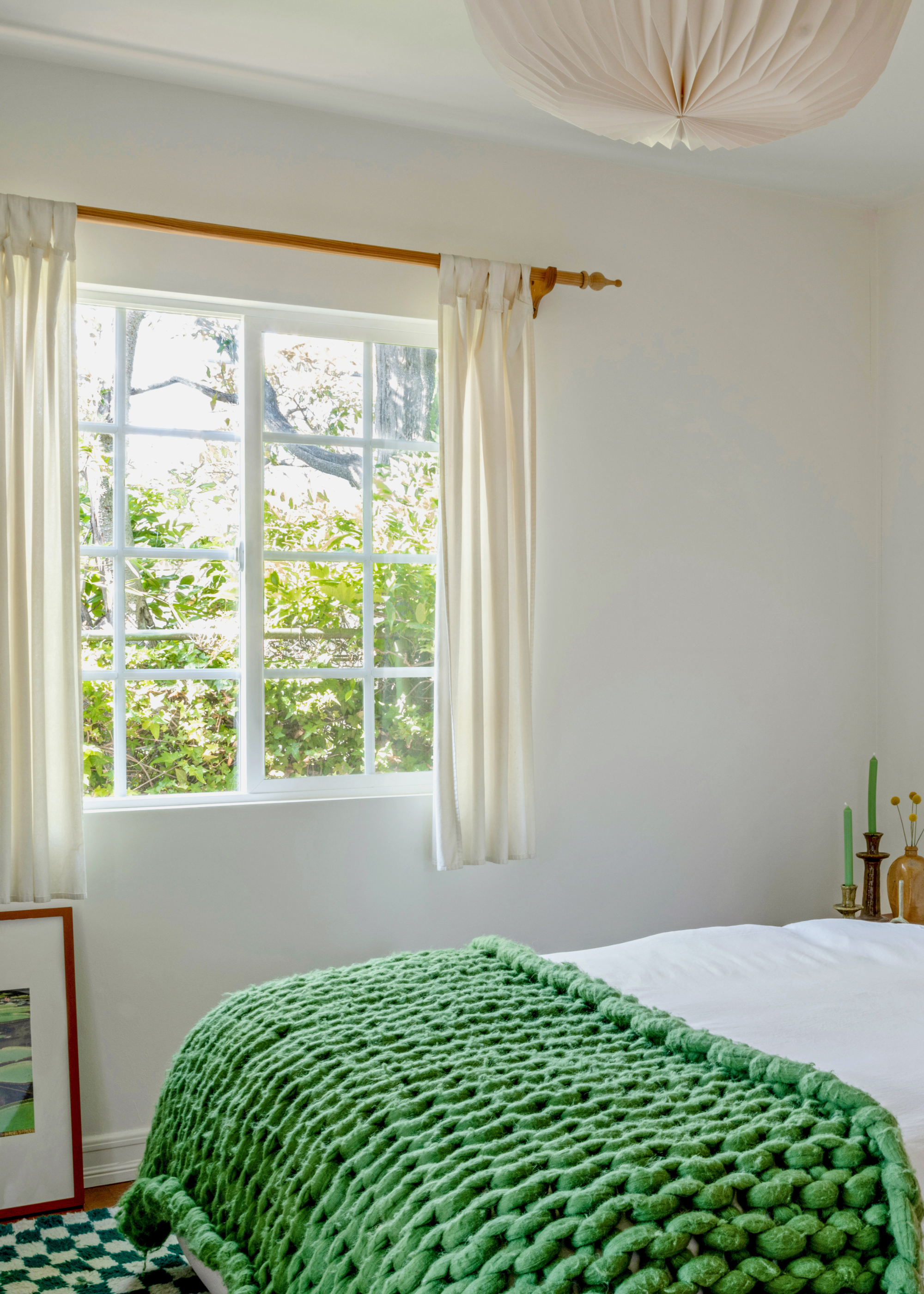
When it comes to biphasic sleep schedules, the key is to plan your nap so it does not disrupt your main rest at night. And this will prevent you from practicing polyphasic sleep, which refers to taking more than two rests in a day.
"It is generally not recommended to have more than a biphasic sleep schedule, according to medical authorities on sleep," says Jonathan. And so, if it's biphasic sleep you're interested in, these two formulas are ideal.
• Midday nap — A classic biphasic variation involves a cozy midday nap, ideally 20 to 30 minutes after lunch. And since this ends up being a very short-lived period of rest, you're then entitled to a longer rest of around six to seven hours at night.
• Siestas — You might know this phrase from its common practice in Spain and other warm-weather countries. Translating to sixth hour, a siesta is typically taken around midday, right after a noon meal. And while it often refers to a quick nap lasting 20 minutes, when it comes to biphasic sleep, it goes up to 60, and sometimes even 90 minutes. Then followed by five to six hours of rest at night.
Both of these biphasic formulas are best paired with things to aid sleep so that you can fully commit to this resting rhythm and get the most out of your mini slumber.
Summer Sleep Essentials
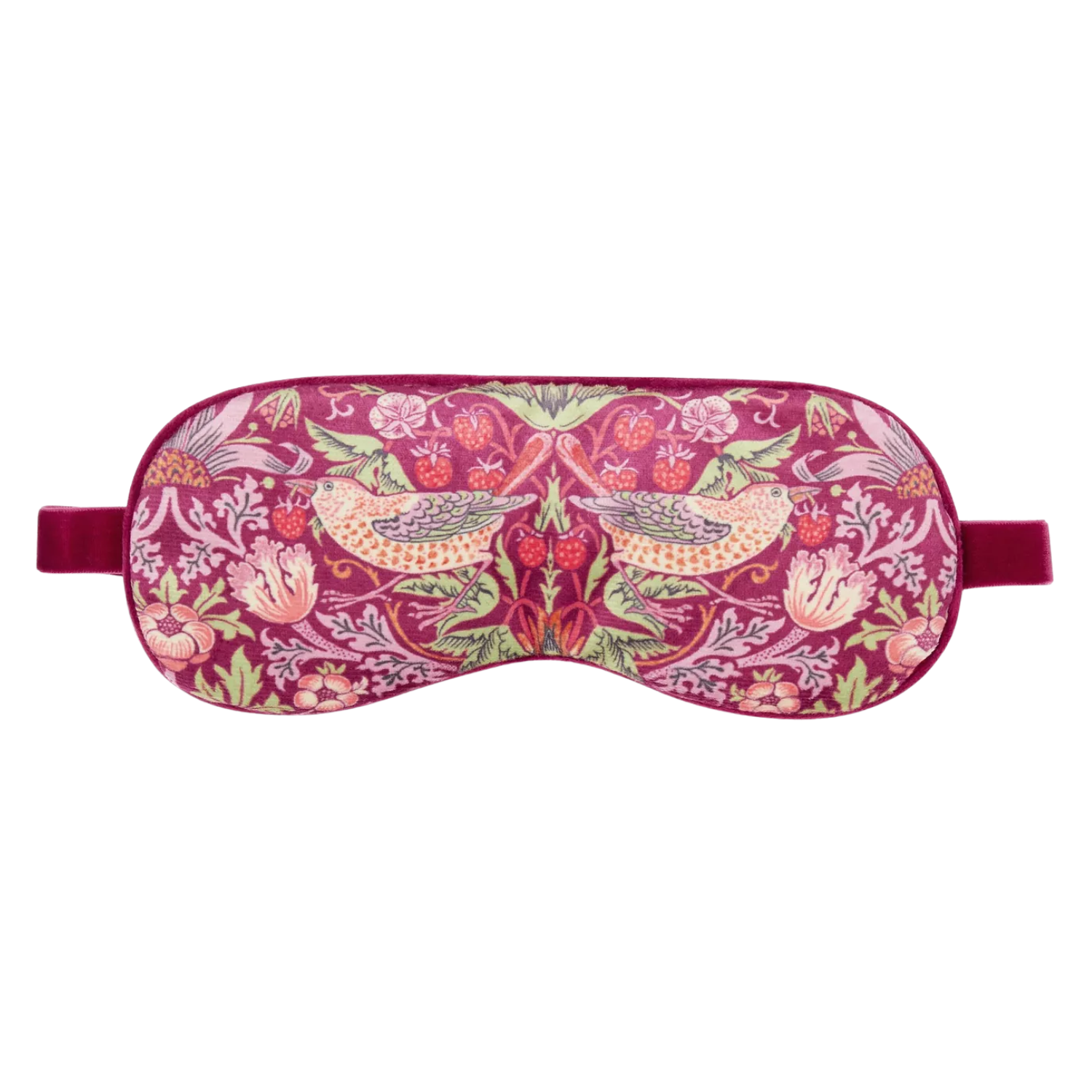
Color: Deep Pink
Treat your night routine to quality sleep masks, like this beautiful patterned one from William Morris At Home.
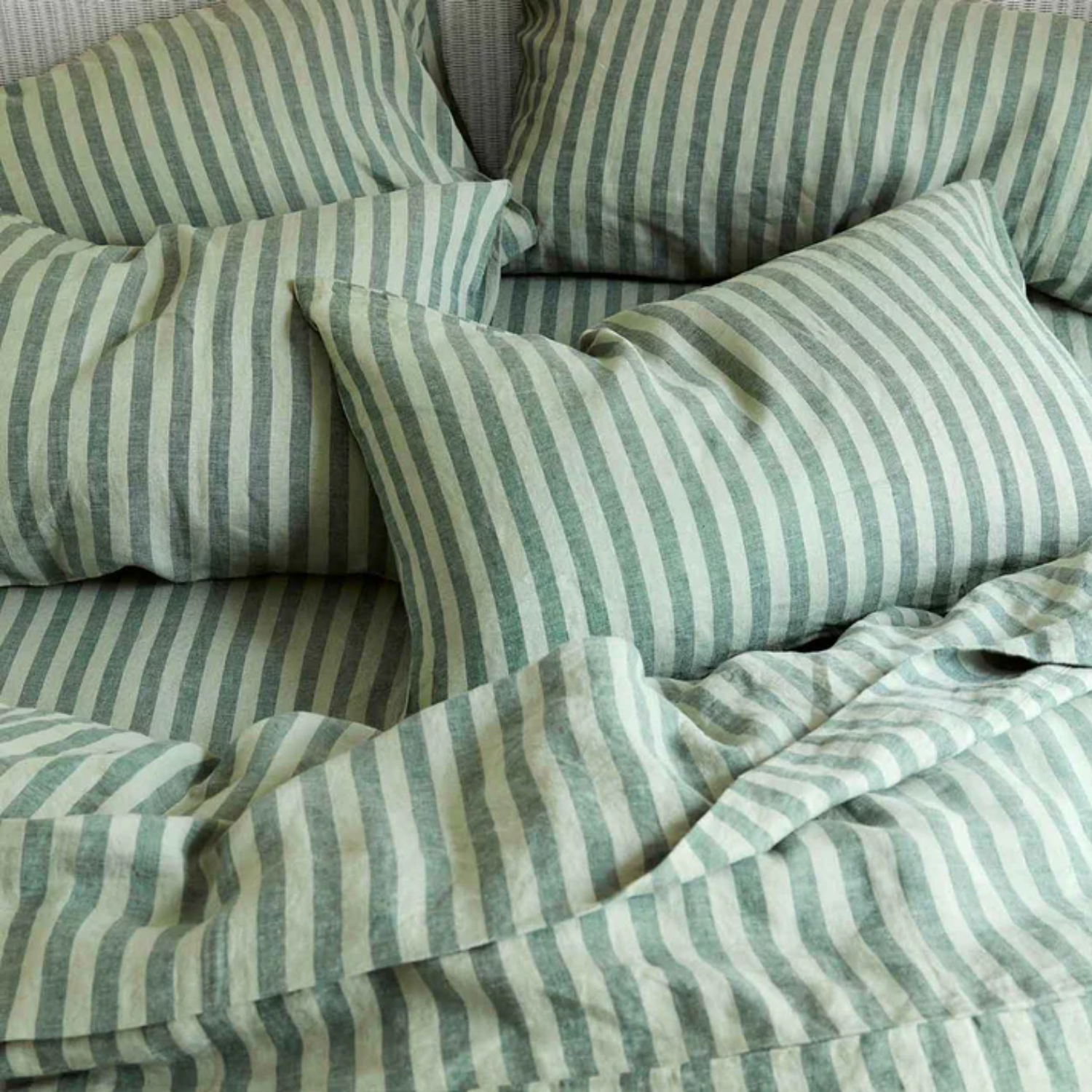
Size: Double
Take one of the best bedding colors for sleep and pair it with one of the best bedding brands, and you get this cozy Pine Green Pembroke Stripe Set from Piglet in Bed.
FAQs
Which Is Better: Monophasic or Biphasic Sleep?
Monophasic sleep might be more common, especially if you're an office worker with an on-site routine. However, Jonathan tells me that biphasic sleep is better than both monophasic and polyphasic sleep. And this is especially true in the summer, when the heat can be more draining, leaving you more tired and with less energy to take on the rest of the day.
Interested in biphasic sleep, but worried it'll leave you yawning and tired? I tried the nappuccino trend and it's just the thing you need to blend with your biphasic sleep routine for a refreshed demeanour.
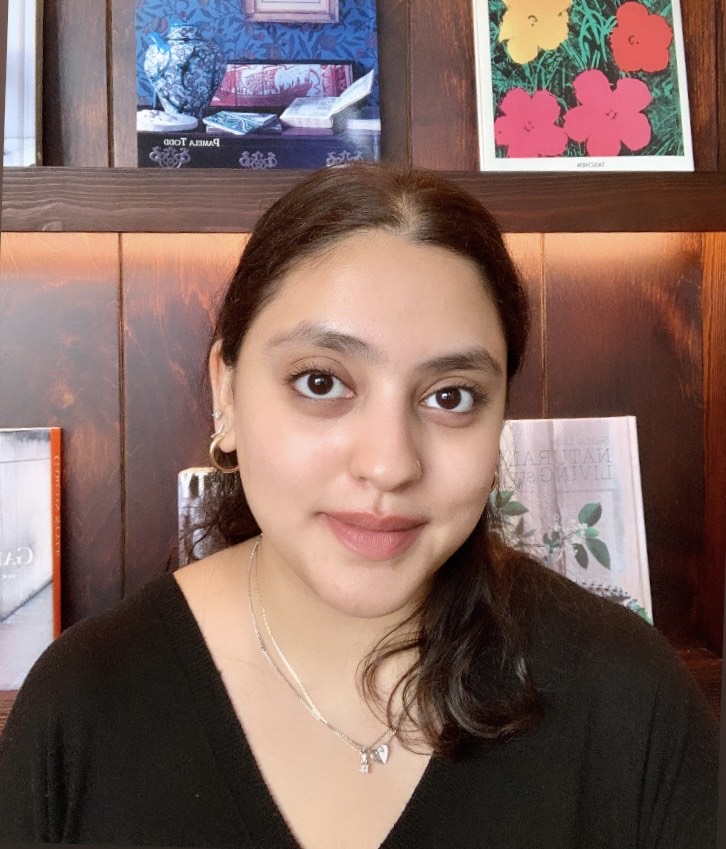
Amiya is a Home Wellness Writer at Livingetc. She recently graduated with a Masters Degree in Magazine Journalism from City, University of London, and has lent her words to beauty, fashion, and health sections of lifestyle publications including Harper’s Bazaar and Women’s Health. Her experience as a research analyst has equipped her with an eye for emerging trends. When she’s off the clock, she can be found reading, listening to music, or overanalyzing her latest Co-Star update.
